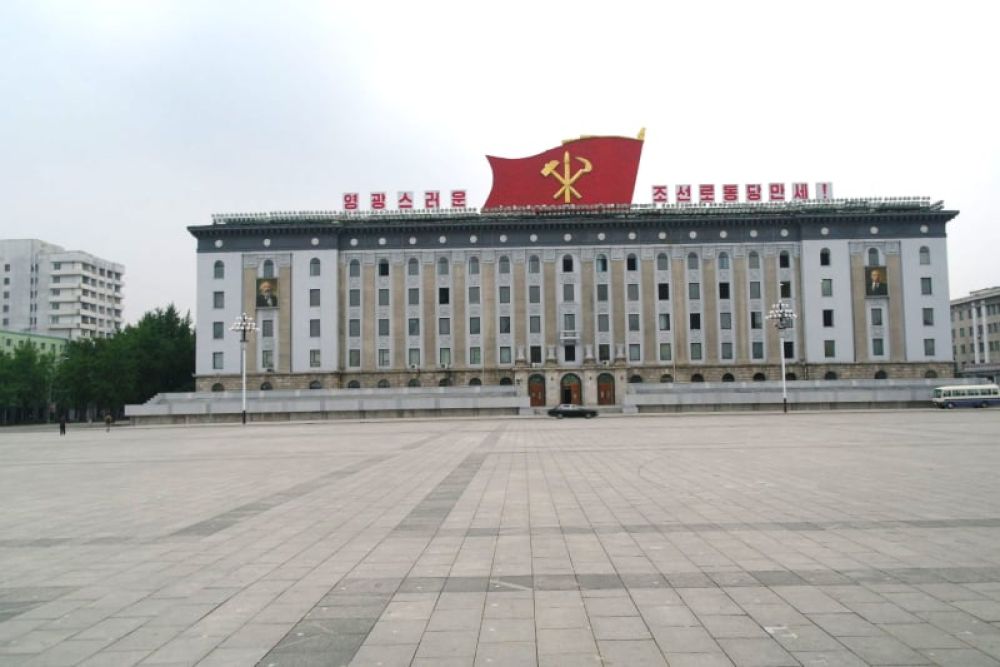

As one of the most iconic landmarks in North Korea, Kim Il-sung Square stands at the heart of Pyongyang, both geographically and symbolically. The site is named after the first Supreme Leader of North Korea, Kim Il-sung, establishing its significant historical relevance.
Historically, North Korea has been one of the most isolated and secretive countries in the world. The inception of tourism to this enigmatic land can be traced back to the late 20th century, where travel was heavily restricted and only possible through organized tours. The square, inaugurated in August 1954, was designed as a massive public gathering place to host parades, rallies, and government-sponsored events, often to showcase the state's military and political might.
For the few tourists who have been permitted to visit North Korea, Kim Il-sung Square has been a centerpiece of Pyongyang's touristic offerings. Visitors are often brought here to witness the grandeur of the national celebrations or get a glimpse of the North Korean regime's rigid choreography.
Contemporary trends in tourism in North Korea, while still strictly controlled, have seen a slight relaxation in terms of visitor numbers and the range of available travel packages, including cultural, sports, and even marathon events. It is, however, important to understand that visiting Kim Il-sung Square is not akin to tourist experiences in other countries. There are certain restrictions about photography, movement, and interactions with locals.
As of the knowledge cut-off in 2023, North Korea's borders had remained largely closed due to the global Covid-19 pandemic, drastically affecting whatever tourism industry there was. The country has taken a very cautious stance, with no clear indication of when they might start welcoming tourists again. Once tourism resumes, it is expected that Kim Il-sung Square will continue to be a highly regulated site that offers a unique window into North Korean culture and the regime's narratives.
If and when North Korea reopens to tourism, visiting Kim Il-sung Square would require travelers to follow strict guidelines set by the government. Typically, visitors are only allowed to enter the country as part of a guided tour with specific itineraries planned out by state-sanctioned travel companies.
Despite the challenges and barriers, the mystique surrounding Kim Il-sung Square and North Korean tourism remains a curious matter for many potential travelers. The historical context of the square as a centerpiece for state propaganda adds a layer of complexity to its role in tourism. Any future visits will continue to be carefully curated by the government, ensuring that the experience of tourists aligns with the intended image portrayed by the North Korean regime.